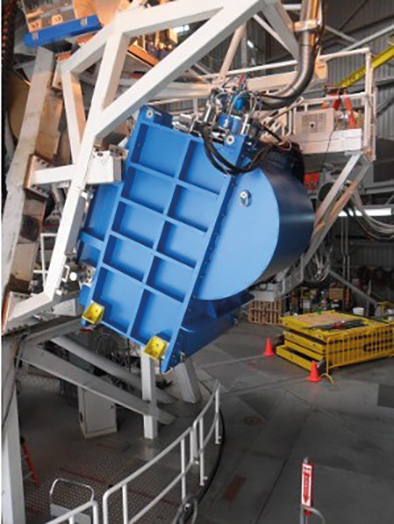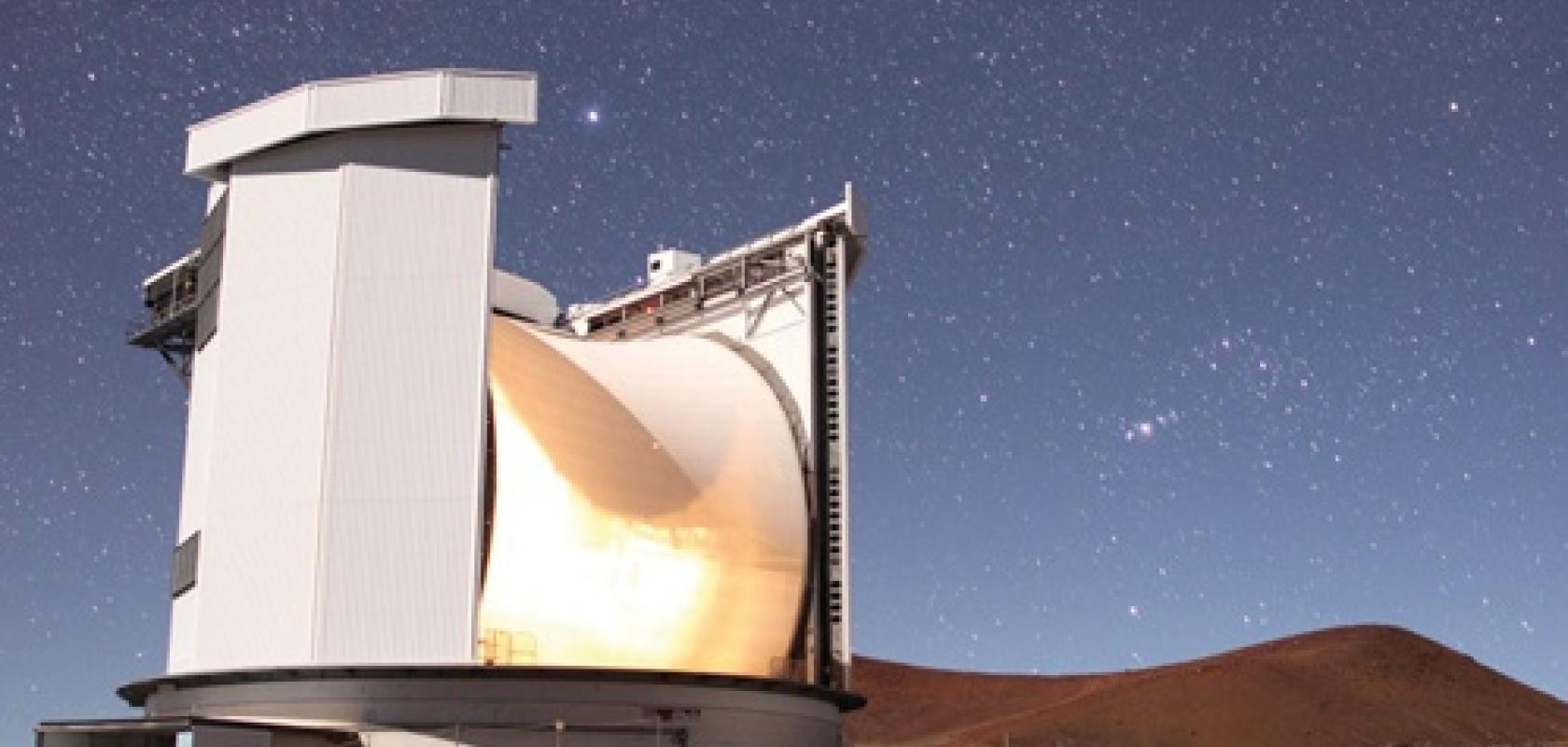Gemma Church discusses the advances made in manufacturing freeform optics
The use of freeform optics in optical systems is an established practice with commercial options available since the 1950s. Due totechnological and financial limitations at the time, this practice was typically limited to highly specialised applications with abundant resources, such as government-supported projects. Over the years, with the furtherance of deterministic manufacturing technologies, the usage of freeform optics in more commercially-driven applications became more viable.
Now, thanks to a high precision, novel replication manufacturing technique, freeform optics are finally available at low cost for a vast range of high-volume imaging applications, helping OEMs realise tremendous system performance improvements by embracing their benefits.
David Cook, general manager at Spectrum Scientific, explained: ‘Freeform optics are the next evolution of optics, where each component is customised to a specific system. We predict huge growth in this area in the years to come, and across an increasingly broad range of industries.’
These markets include life sciences, telecommunications, defence and aerospace, analytical instrumentation, health and safety, and spectroscopic applications, to name a few. ‘This is because nearly all technologies now rely on precision optics. Freeform optics address many market needs and they fit into nearly every sector for both high-tech and commercial applications,’ Cook added.
Freeform optics are broadly defined as curved optics with surfaces that have no translational or rotational symmetry about the axis normal to the average plane. Freeform surfaces are specifically designed to tailor to unique individual system requirements and thus can vary from radical shapes to only a few fringes of departure from conventionally shaped optics.
Given the freedom allowed to optical designers, the benefits of freeform optics over conventional components are well documented. A single freeform mirrored surface provides increased throughput and reduces the number of optical elements by combining the functionality of multiple optical surfaces into one component. What’s more, because of the design freedom that freeform optics provide, you can also correct aberrations that are unique to each optical system. These compact and light systems provide several financial benefits, in addition to the technical advantages.
A reduction in the number of optical elements, in particular, brings several knock-on advantages. There are fewer optics to align, allowing for redistribution of opto-mechanical tolerances in your design. Both the volume and weight of the system can be optimised and reduced respectively to allow for a more compact design. The examples shown in this paper describe systems that take advantage of these freeform benefits compared to a system using conventional optics.
Freeform optics have helped a range of low-volume imaging applications – and the James Clerk Maxwell telescope in Hawaii is a clear example of the power of freeform. The telescope’s Scuba-2 (‘submillimetre common-user bolometer array 2’) is a 10,000 pixel bolometer camera operating simultaneously at 450µm and 850µm.

Scuba-2 incorporates nine aluminium freeform mirrors, which allows the instrument to examine large areas of the sky a thousand times faster than its predecessor. Credit: East Asian Observatory
Scuba-2 incorporates nine aluminium freeform mirrors, which allows the instrument to examine large areas of the sky a thousand times faster than its predecessor, the Scuba-1, which relied solely on conventional optics. The freeform optics in Scuba-2 also provide a much larger field of view and better signal-to-noise ratio, compared to the original telescope.
However, when it comes to high-volume imaging applications, the cost and complexity of manufacturing freeform optics have prevented these state-of-the-art components from entering mainstream usage for OEM production systems, until now.
Replication manufacturing
There are various methods of manufacturing freeform optics, including direct manufacturing processes such as diamond turning, grinding and polishing, magnetorheological finishing and even hand figuring. While such techniques are adaptable to varying designs and capable of meeting demanding optical requirements, they are also hampered by cost implications and long lead times while manufacturing in volume quantities demanded by many industries.
Injection moulding and pressed glass techniques are examples of alternative fabrication techniques that offer competitive pricing for volume production applications. An upfront investment is required for these techniques, to set up tooling and other materials needed for custom designs.
However, these methodologies are more suited for applications with optical systems, where nanometre precision is not critical, making them more suitable for illumination applications and less suitable for imaging applications, where precision volume manufacturing is required.
This is where a new optical mirror replication technique can help. While an upfront investment is still required, this manufacturing process is highly cost-efficient during volume production and allows for high precision manufacturing.
Spectrum Scientific is the leader in this space, manufacturing freeform mirrors using cutting-edge optical transfer processes that produce high-fidelity specification freeform mirrors in OEM volumes, at a fraction of the price of traditional freeform optics. This process is similar to nanoimprint lithography and can be applied to glass or metal, both curved or flat shapes, and it meets both high volume and high precision requirements.
This replication process is also capable of scaling to large volume production and supporting demanding ramp-up schedules.
Grant Decastro, technical sales engineer at Spectrum Scientific, explained: ‘Spectrum Scientific has experience delivering hundreds of freeform mirrors each week using this process. Optical quality is preserved even at these quantities. Surface accuracies of down to λ/10 PV, depending on the size and complexity of the optic, are achievable. These freeform mirrors are available on aluminium or glass substrates, from a 15mm diameter to 100mm, with surface roughness down to 5Å.’
In other words, the replication process can create exceptional quality surfaces that are faithfully replicated to a very high fidelity.
What’s more, the replication process is a highly scalable and flexible technique. Optical engineers are free to design mounting and alignment features directly into the component itself. System designers can take advantage of this flexibility to allow for an optimised alignment process. This further reduces the number of parts required in the optical system, cutting down on assembly time and both purchasing and maintenance costs.
The replication process is also flexible in terms of material choice, and this process is largely independent of substrate material. This allows the designer more freedom when considering the application environment. The coefficient of thermal expansion of a material, for example, is a critical factor when choosing the mirror material. If you choose a substrate with a low or high coefficient of thermal expansion, this allows for a thermalised design, if required. This is an important benefit for those working in the DUV market.
All of these advantages make this replication process ideal for OEM manufacturing of precision optics. Cook concluded: ‘Spectrum Scientific can deliver low-cost freeform optics with aspherical profiles in high volumes, and to exacting specifications, offering significant benefits and cost savings for today’s optical systems.’
Read SSI's whitepaper: https://www.electrooptics.com/premium-access/140/how-manufacture-low-cost-freeform-optics-high-volume-imaging-applications


